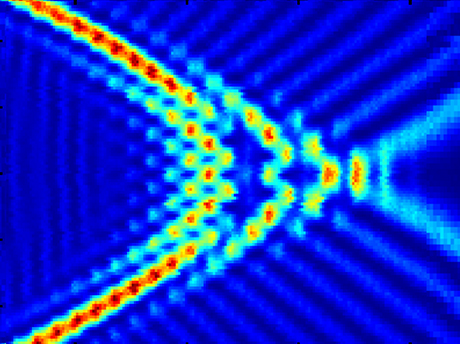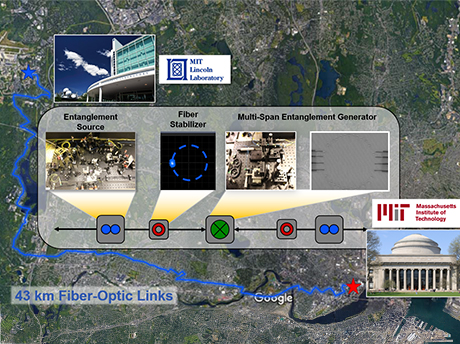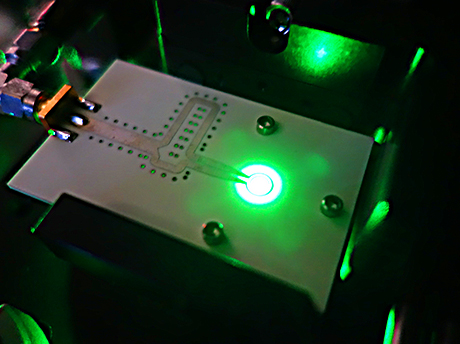Research Areas
Quantum engineering is a new discipline that bridges the physics-based foundation of quantum science with the engineering abstraction necessary to design and build larger-scale quantum machines. In pioneering this new discipline, there is a need for coordinated, vertically-integrated activities across many fields of research. To facilitate broad engagement, the CQE encourages and promotes its researchers’ involvement in existing Boston-area centers, including the Research Laboratory of Electronics, the MIT-Harvard Center for Ultracold Atoms, the Center for Integrated Quantum Materials, the Integrated Quantum Initiative, and beyond. It is through such collaborative research activities that the CQE will help researchers realize the promise of quantum computation, quantum simulation, quantum networks, and quantum sensing applications.

Quantum Computation
Quantum computing with superconducting qubits, trapped ions, cold atoms, NV centers, and more. Vertically integrated research efforts span hardware, control, and error mitigation methods, to software, architecture, and algorithm design. Image shows aluminum superconducting qubit circuits fabricated on a silicon wafer.

Quantum Simulation

Quantum Networks

